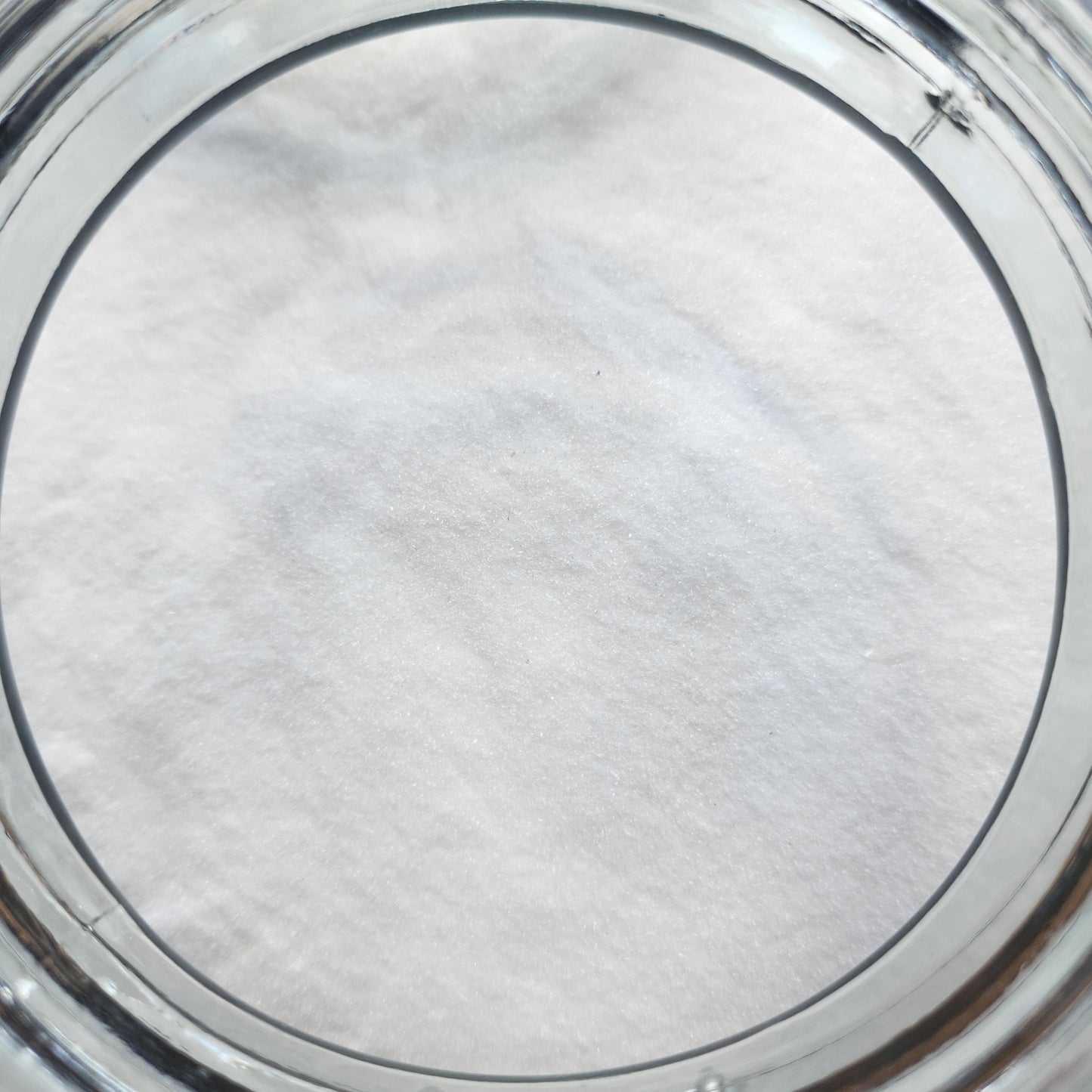MSG
MSG
Couldn't load pickup availability
Monosodium glutamate, known as MSG, was first isolated by biochemist Kikunae Ikeda in the early 1900's when he tried to concentrate the savory flavor of kombu in dashi. Dubbing the flavor umami, he went on to produce the powder form we now use as MSG. MSG was commonly used in Japanese households as well as in American frozen and canned foods. MSG is often plant derived, from molasses of sugar beets, corn, or sugar cane using a fermentation process similar to yogurt or wine
In the 1960's MSG became maligned and unfairly associated with "Chinese Restaurant Syndrome" as xenophobia took hold of America. People claimed they would become ill after eating MSG though it was mostly based on anecdotal evidence, studies done with a very small pool of participants, or using very large quantities of MSG, more than any one person would reasonably consume in a day. The stigma continues today although further studies have discovered no link between health problems and the consumption of small amounts of MSG. A very small percentage of people may experience headaches or nausea after eating MSG. But for most of us, adding a sprinkle of MSG to our food will enhance its umami flavor. Try adding it to your own spice blends, soups, and stews.
Share


